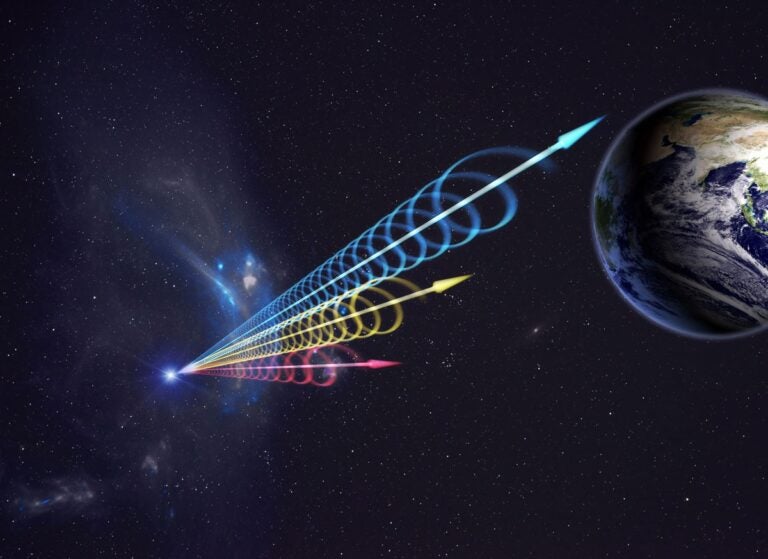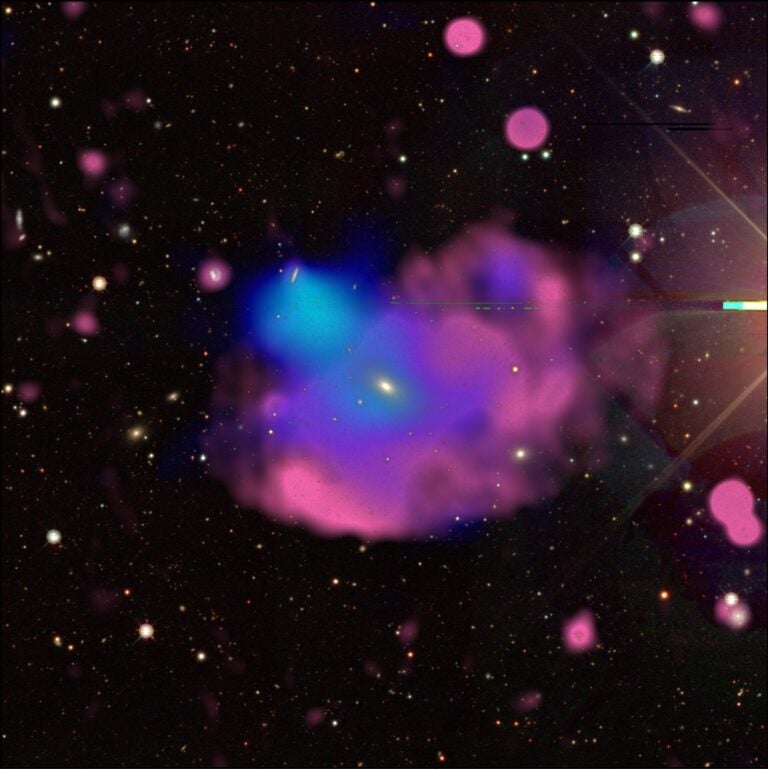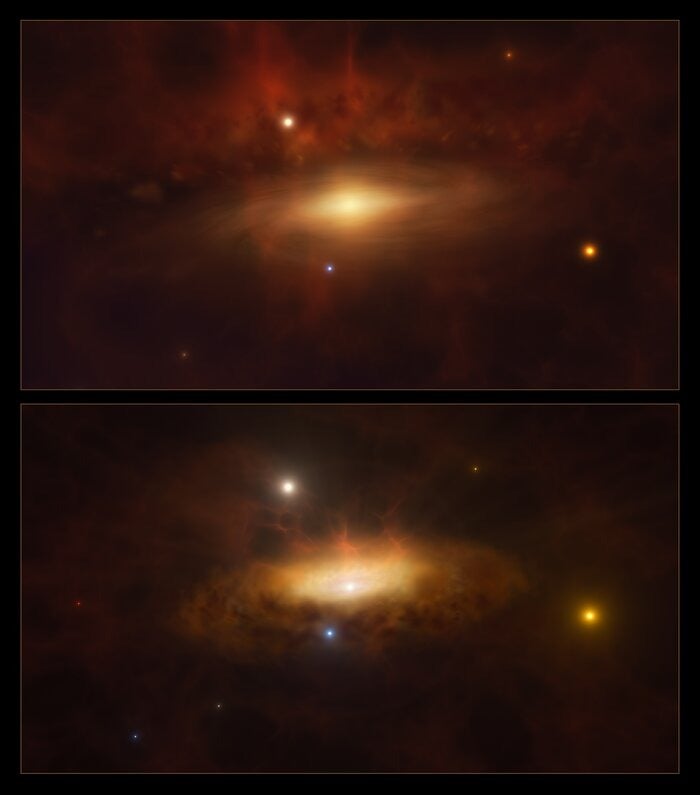Astrophysicist Mallory Molina, 32, is on the trail of black hole seeds. To that end, they developed a new observational technique that uncovered what are “likely some of the lowest-mass black holes found in dwarf galaxies,” they say.
This population can provide clues to how today’s supermassive black holes got their start. Astronomers believe such black holes may have grown from “seeds” — but they aren’t sure how big these seeds were. Molina’s work “puts new, stronger constraints on the mechanisms that formed the initial black holes,” and picks up objects other searches miss, they say.
Molina now has an extensive program planned for the next few years to observe in radio, optical, infrared, and X-ray light. They hope to better constrain and understand how black holes in dwarf galaxies interact with their hosts to evolve over time.
Molina’s “tireless pursuit of academic excellence and their tenacity and perseverance made them a role model for many junior students in the department,” says Mike Eracleous, Molina’s Ph.D. advisor at Penn State, where Molina graduated in 2019. “[They] stood out … for passionately advocating for astronomers from underrepresented groups and for promoting many causes that benefit graduate students and other junior astronomers.”
Molina is now an Eccles Postdoctoral Fellow at the University of Utah in Salt Lake City, and starts an assistant professorship at Vanderbilt University in Nashville, Tennessee, in fall 2024. They attribute their success to a focus on both astrophysics and activism; their work includes founding the equity organization Towards a More Inclusive Astronomy, which now has four chapters across the country.
“I needed to do both to persevere,” they say. “I want other younger astronomers to know that it’s possible for them too, as well. They don’t have to choose science or equity work. … If they want, they can have it all.”
Make sure to explore our full list of 25 rising stars in astronomy. Check back each week for a new profile!
To get the latest astronomical news and observing content delivered directly to your door, subscribe to Astronomy magazine today!










